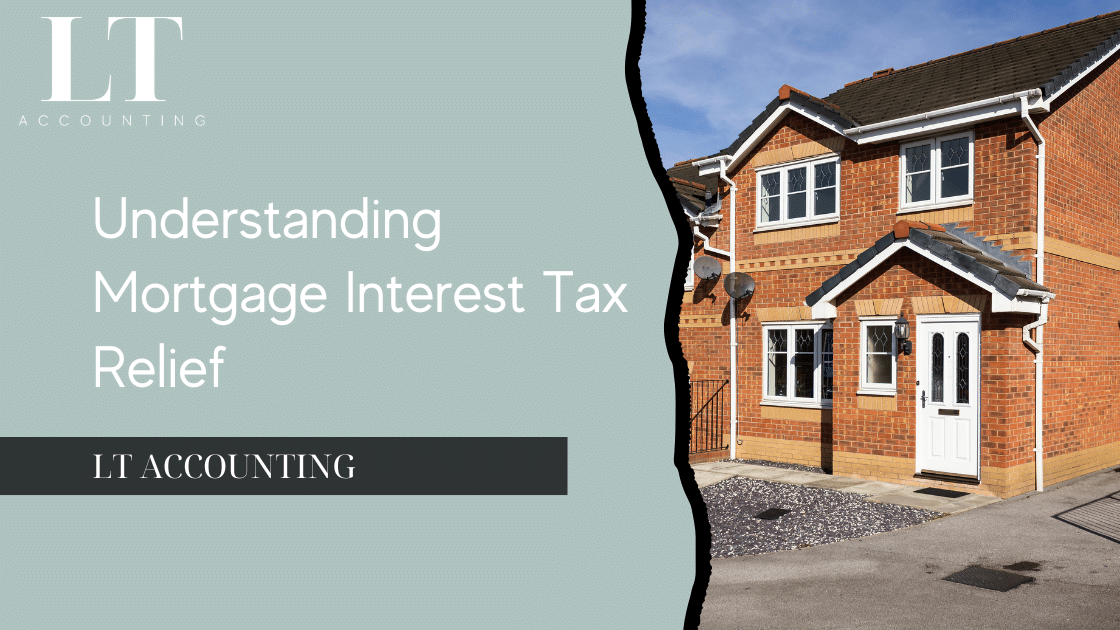Understanding Capital Gains Tax
Understanding Capital Gains Tax (CGT) in the UK is paramount for investors and property owners aiming to optimise their financial decisions. This tax, levied on the profit realised from the sale of a non-inventory asset exceeding its purchase price, impacts a wide range of investments, including real estate and shares. The implications of CGT extend beyond mere compliance; they influence investment strategies, asset management, and long-term financial planning. This article delves into the nuances of CGT, highlighting its importance for effective decision-making and the strategic management of tax liabilities.
What is Capital Gains Tax?
Capital Gains Tax (CGT) in the UK is a tax on the profit (or gain) you make when you sell (or ‘dispose of’) an asset that has increased in value. It’s the gain you make that’s taxed, not the amount of money you receive. Examples of assets subject to CGT include real estate (not usually your home), shares, business assets, and personal possessions worth £6,000 or more, excluding your car.
CGT is not a flat rate; it varies based on the asset class and the taxpayer’s income tax band. For individuals, the rates for residential property are higher than those for other assets. Understanding these rates and how they apply to different assets is crucial for effective tax planning.
CGT Rates for Individuals and Corporates
For the 2023/24 tax year, the CGT rates for individuals on assets other than residential property are 10% for basic rate taxpayers and 20% for higher or additional rate taxpayers. For residential property, these rates jump to 18% and 28%, respectively. Companies pay CGT at the corporation tax rate, currently 19%, but planned increases could affect this.
Calculating CGT involves subtracting the purchase cost of an asset from its sale price, accounting for allowable expenses and reliefs. The remaining gain, if above the annual exempt amount (£12,300 for individuals in the 2023/24 tax year), is subject to CGT.
Implications for Property Owners
CGT for Property Owners
For property owners, CGT is a significant consideration, especially for those owning multiple properties or investment properties. The primary residence relief exempts CGT on your main home, but conditions apply, and the relief is not automatic. Lettings relief can further reduce CGT liability for a property that has been rented out, although recent changes have narrowed its applicability.
Selling Investment Properties
When selling investment properties, calculating the CGT liability involves considering the original purchase price, associated purchase and sale costs, and any improvements made to the property. These factors can significantly affect the gain and subsequent tax liability, emphasising the need for meticulous record-keeping and strategic planning.
Implications for Investors
CGT and the Stock Market
For stock market investors, CGT applies to the sale of shares and securities. Utilising the annual exempt amount and offsetting any losses against gains can mitigate CGT liability. Understanding the rules for matching sales with purchases (share matching rules) is crucial for accurately calculating gains or losses.
CGT on Other Investments
Investments in cryptocurrencies, antiques, and other collectibles also fall under CGT. The volatile nature of these assets can lead to significant gains, and thus, potential tax liabilities. Investors must maintain detailed records of transactions to ensure accurate reporting and compliance.




